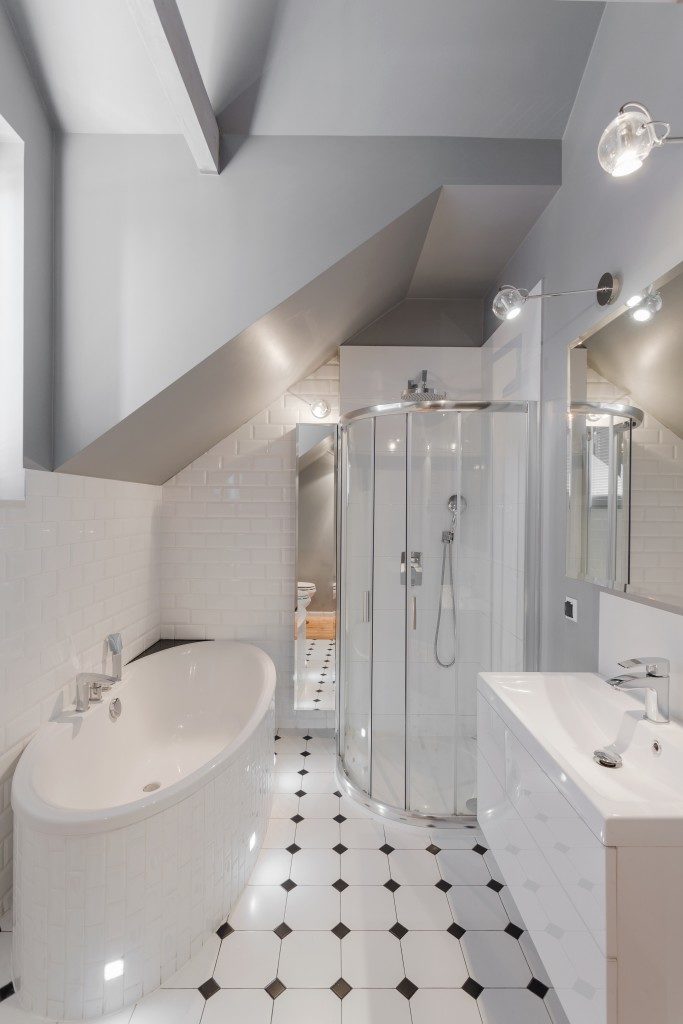Swimming pools are a key feature of many backyards, offering a refreshing escape during the hot summer months. However, keeping your pool water safe and inviting requires attention to detail, particularly when it comes to balancing the pH levels. In this article, we will explore the importance of pH balance, factors that affect it, and the steps needed to maintain an optimal level pool maintenance pH.
Understanding the Importance of pH Balance in Pools
The pH level of your pool water is a critical factor for ensuring both comfort and safety for swimmers. pH is a measure of how acidic or basic the water is, with a scale ranging from 0 (highly acidic) to 14 (highly alkaline), and 7 being neutral.
For swimming pools, the optimal pH level is typically between 7.2 and 7.8. Maintaining the correct pH balance not only ensures comfort by preventing eye and skin irritation, but also protects the pool equipment from corrosion and wear.
Regular monitoring and adjustment of the pH levels are necessary to maintain water quality. Factors such as rain, debris, and even swimmers themselves can cause fluctuations in the water’s pH. By maintaining a consistent schedule for testing and adjusting the pool water, you can prevent problems before they arise and ensure a safe and enjoyable swimming environment.
In addition to personal comfort and equipment longevity, the pH balance of your pool plays a crucial role in the effectiveness of sanitising agents like chlorine. When the pH is too high or too low, chlorine loses its efficacy, potentially compromising the water’s cleanliness and safety. Therefore, understanding and managing your pool’s pH balance is essential to the overall maintenance of your swimming pool.
Factors Affecting Pool pH Levels
Several factors can impact the pH level of your swimming pool, requiring your attention and adjustment. Rainwater is one such factor, as it tends to be slightly acidic, which can lower the pH level of the pool. Similarly, debris such as leaves or dirt can introduce organic material that affects the water chemistry. As these elements are frequently unavoidable, regular pool maintenance involves compensating for their effects.
Human activity also plays a role in altering the pH balance. Swimmers bring in contaminants such as sweat, sunscreen, and other personal care products, which can affect the chemistry of the water. Additionally, the simple act of swimming can agitate the water, leading to changes in carbon dioxide levels, which in turn impacts the pH. Recognising and mitigating these human-induced factors is vital to maintaining a balanced pool environment.
Furthermore, the introduction of chemicals for maintenance purposes can also influence the water’s pH. For instance, the use of chlorine is necessary for sanitisation, but it can raise the acidity of the water if not properly balanced with other chemicals. Likewise, the addition of certain algaecides and flocculants can also disrupt the pH level. As such, it’s essential to be mindful of the chemical composition and interactions in your pool.
Steps to Maintain Optimal pH Levels
Maintaining a balanced pH in your pool requires a combination of regular testing and the implementation of corrective measures. Begin by testing the pH level of your pool water at least once a week, using a reliable pool testing kit. Record the data to track trends over time, which will help you identify any persistent issues and adjust your maintenance routine accordingly.
When adjustments are necessary, use pH increasers or decreasers to bring the water within the optimal range of 7.2 to 7.8. pH increasers, often sodium carbonate-based, can be used to raise the pH, while pH decreasers, typically containing sodium bisulfate or muriatic acid, are used to lower it. Always follow the manufacturer’s instructions and measure the chemicals precisely to avoid overcorrection, which can be just as problematic as the original imbalance.
Finally, consider investing in a pool automation system if feasible. These systems can help monitor water conditions and dispense the appropriate chemicals to maintain proper pH levels automatically. This technology can not only save you time but also enhance accuracy in maintaining the optimal pool water environment. By being proactive and informed, you can enjoy a sparkling clean pool that is both comfortable and safe for all swimmers.
Maintaining the proper pH balance in your swimming pool is essential for preserving the water quality, ensuring swimmer comfort, and protecting your pool equipment. With regular monitoring and adjustments, you can manage the pH levels effectively, despite the various factors that might disrupt them. As this article has outlined, understanding the importance of pH balance and implementing the right steps is crucial to maintaining a safe and enjoyable pool environment.
Incorporating these practices into your pool maintenance routine can lead to significant savings in time and cost over the long term. By preventing damage to pool equipment and avoiding health issues caused by improper pH levels, you can ensure that your backyard oasis remains a treasured retreat throughout the summer. Stay diligent, stay informed, and enjoy a pristine pool with perfectly balanced water chemistry.
Ultimately, the key to successful pool maintenance lies in a consistent and informed approach. By prioritising pH balance and remaining vigilant in testing and adjusting the water, you can maintain a pool that is both visually inviting and functionally safe, inviting family and friends to swim in comfort and peace



